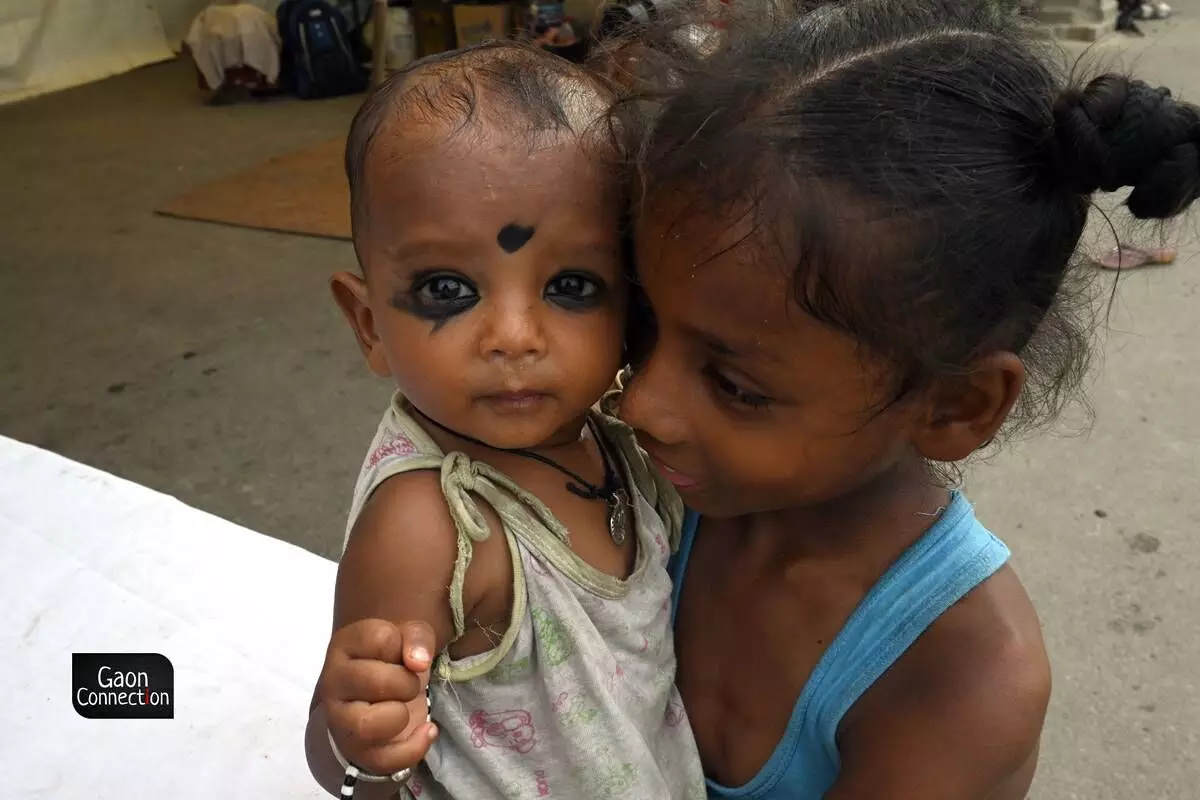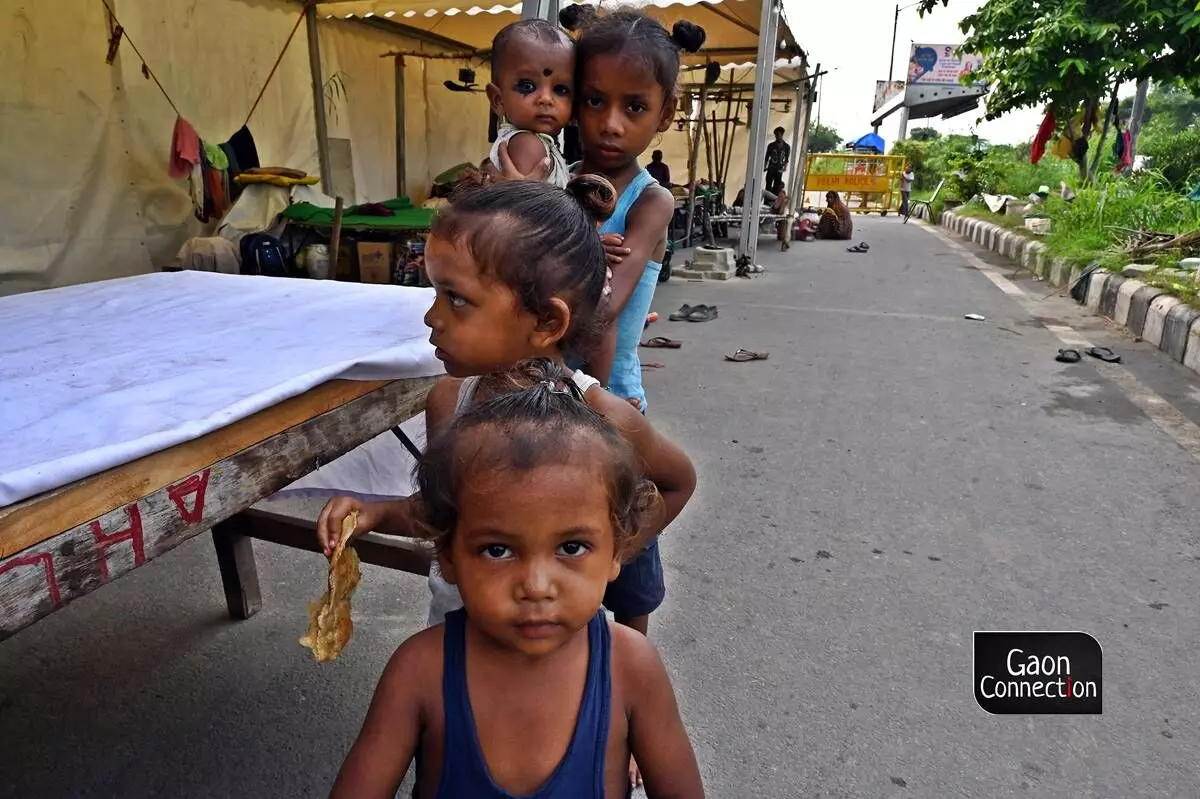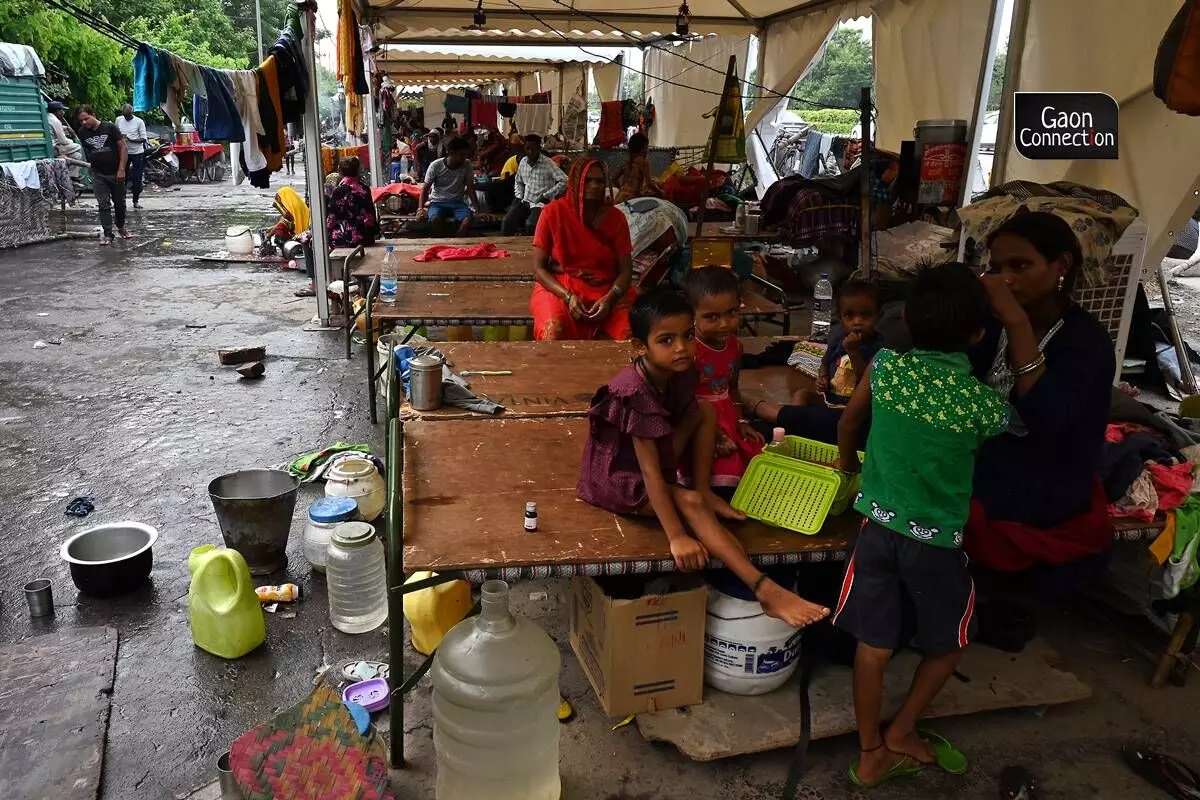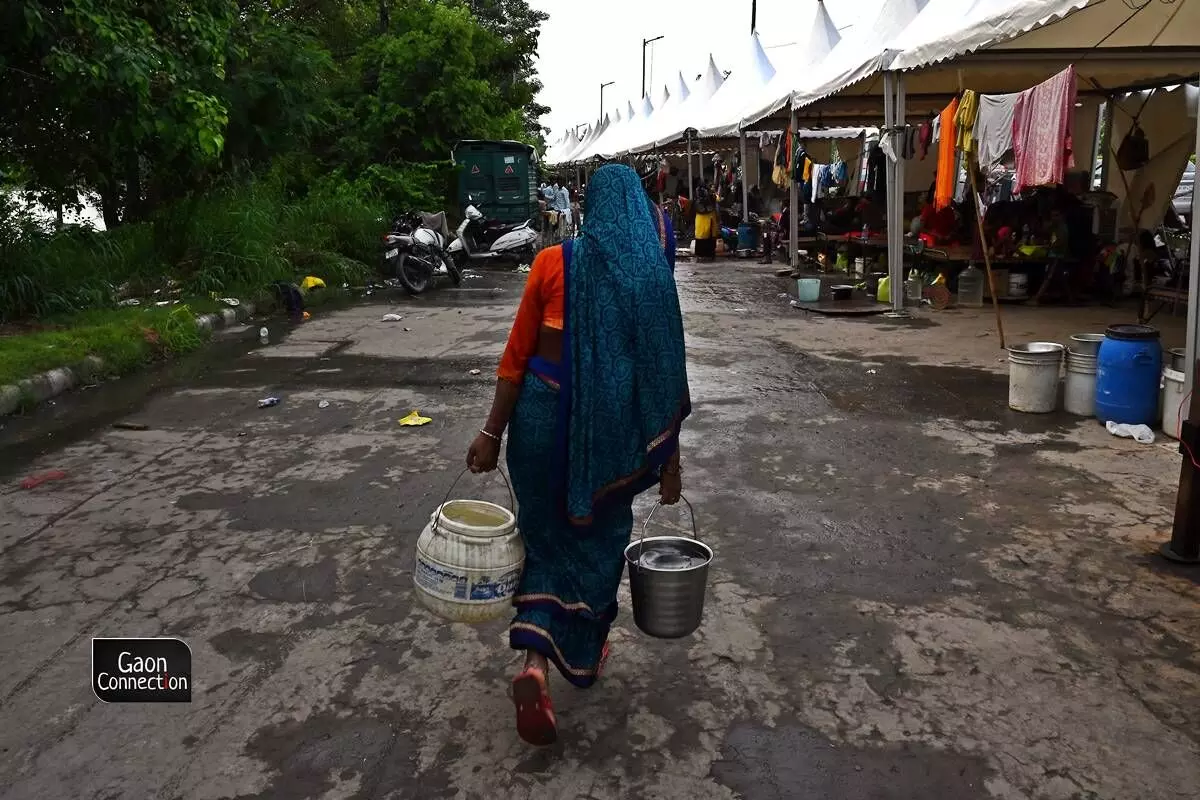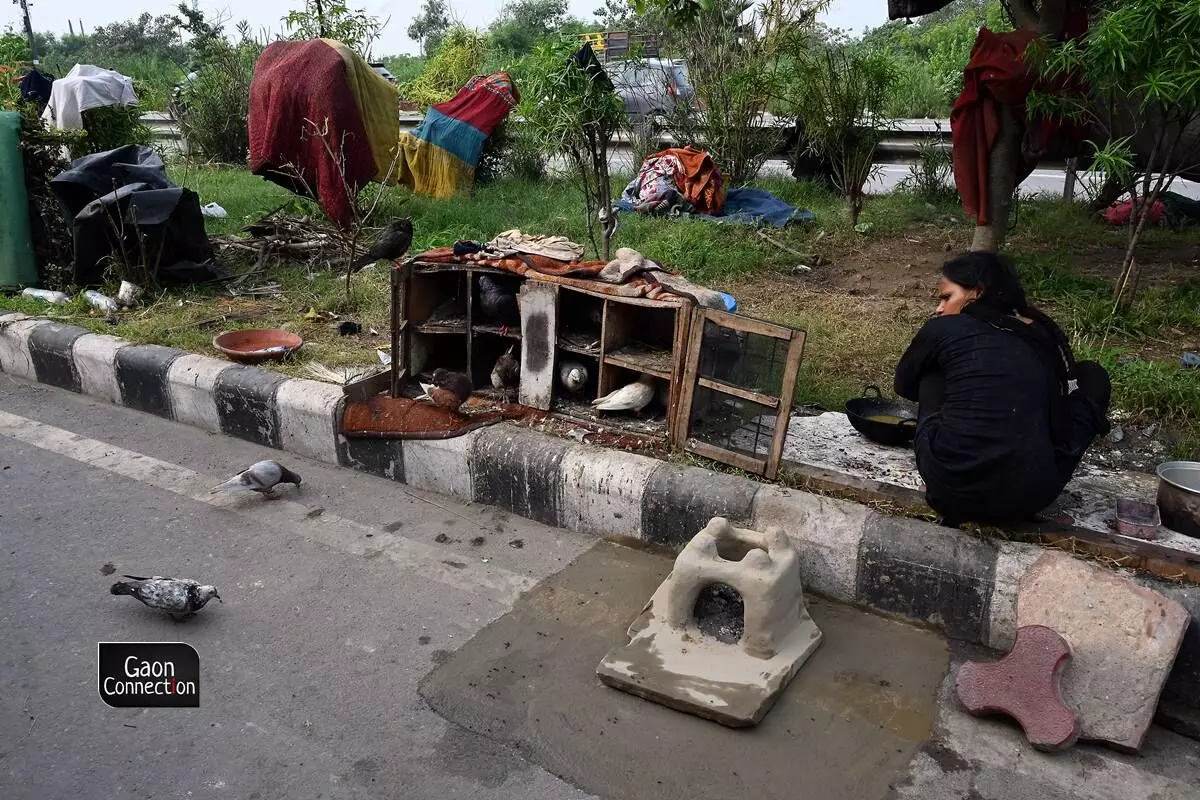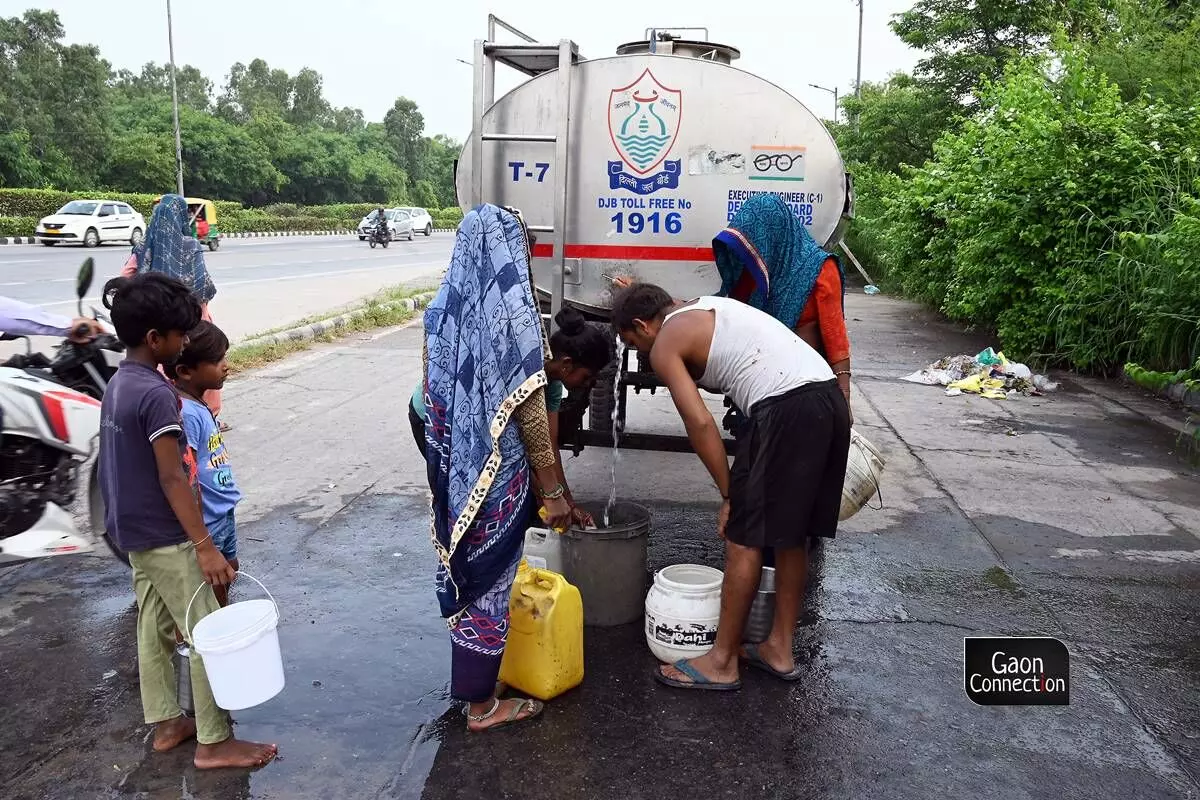It’s been almost a week since the flood waters from Delhi receded and the water-logged roads of the national capital have been cleared for the traffic to resume. However, for the thousands of underprivileged slum dwellers who lived in the low lying areas, the normalcy is yet to return. They are living in relief camps and are yet to return to the lands they once inhabited because the debris from the flood is yet to be cleared.
They have lost their personal belongings, their houses have been washed away and all that remains at the site of their houses is a swamp where the rotting smell adds to the inhospitality of the place.
Meanwhile, Delhi’s bureaucracy and the government is at loggerheads in a tussle pertaining to the disbursal of relief measures to the flood-affected population. On July 29, the state Revenue Minister Atishi pulled up Chief Secretary Naresh Kumar for the alleged laxity.
Here’s how the flood-affected population is coping up at the relief camps:
![The worst brunt of the floods has fallen on the women who have quickly set up their choolha [mud oven] at the relief camps and are ensuring two square meals for their families. The menfolk, are mostly out of job and are relying on the relief measures for the the survival of their families. The worst brunt of the floods has fallen on the women who have quickly set up their choolha [mud oven] at the relief camps and are ensuring two square meals for their families. The menfolk, are mostly out of job and are relying on the relief measures for the the survival of their families.](https://en.gaonconnection.com/wp-content/uploads/2024/08/366915-delhi-slums.webp)
